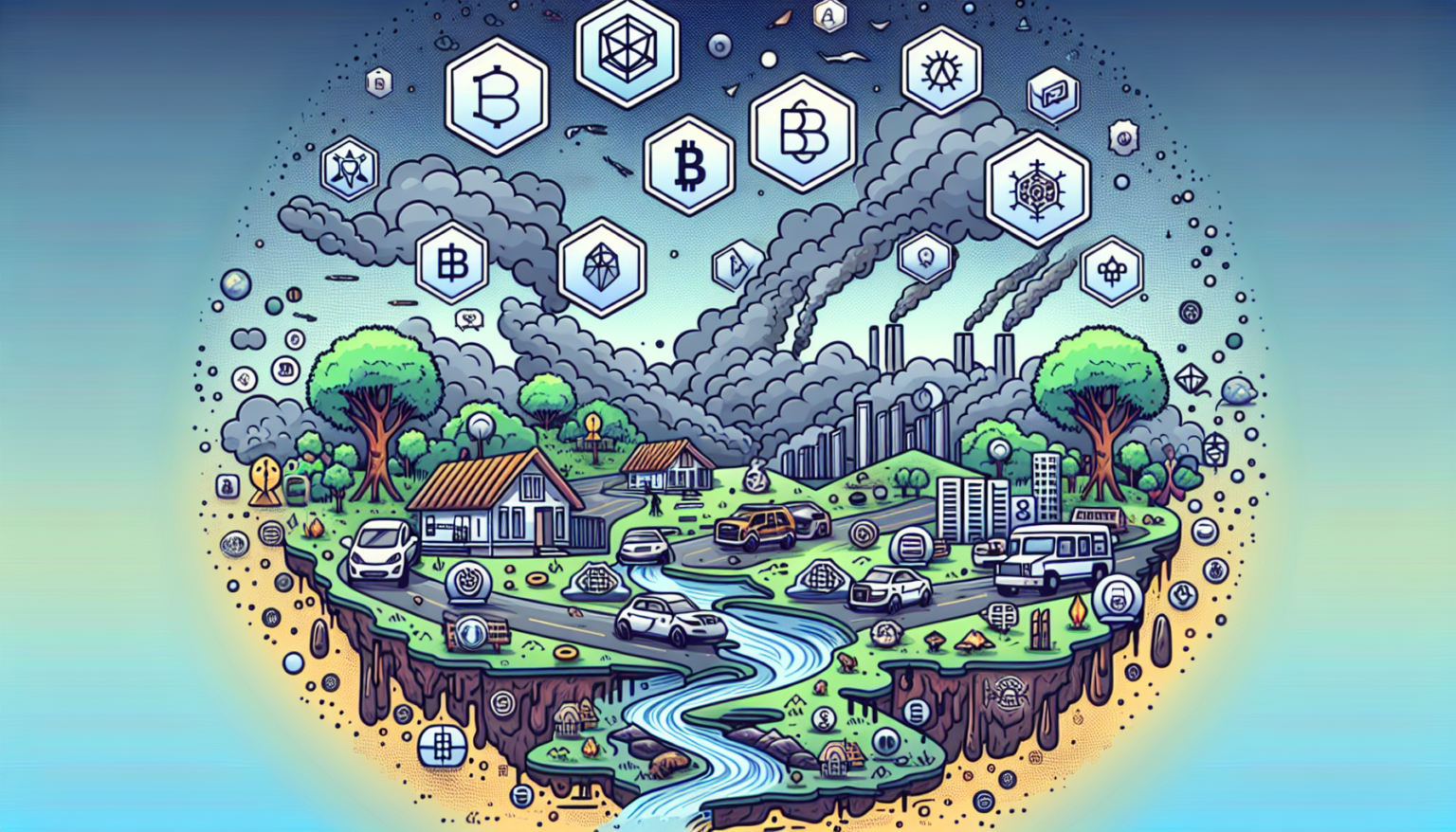The Basics of Tokenizing Physical Assets
What Is Tokenization?
Tokenization is the process of converting physical assets into digital tokens that represent ownership or rights associated with those assets. In the context of physical assets, this can include real estate, precious metals, artworks, or even commodities like oil and gas. The main idea is to create a digital representation that can be bought, sold, or traded on a blockchain.
How Does It Work?
When a physical asset is tokenized, it is assigned a unique token on a blockchain. This token carries information about the asset, such as its value, ownership history, and other relevant details. Smart contracts, which are self-executing contracts with terms of the agreement directly written into code, are often used to govern the tokenized transactions.
The Role of Blockchain Technology
Blockchain serves as an immutable and transparent ledger, ensuring that all transactions involving the tokenized asset are traceable and secure. This technology not only facilitates ownership transfer but also significantly reduces the risk of fraud.
Fractional Ownership
One of the significant advantages of tokenizing physical assets is the ability to divide ownership into smaller fractions. Instead of requiring a lump sum investment, investors can buy a fraction of a high-value asset, making investment opportunities accessible to a broader audience and democratizing asset ownership.
Understanding the Environmental Impact
Positive Environmental Impacts
Reduction in Resource Use
Tokenizing assets can lead to a reduction in the resources needed for full physical transfers. For instance, if a piece of real estate is tokenized, there is no need for multiple physical inspections, paperwork, or transportation of materials for deeds and titles. This can help lower the carbon footprint typically associated with traditional buying and selling processes.
Decentralization and Reduced Infrastructure Requirements
Through tokenization, many operations that once relied on extensive physical banking and legal infrastructures can now be managed digitally. This reduces the need for physical branches and paper materials, contributing to lower energy usage in those areas.
Negative Environmental Impacts
Energy Consumption of Blockchain Networks
On the flip side, many blockchain networks, particularly those that rely on proof-of-work models, consume tremendous amounts of energy. Bitcoin mining, for instance, has been widely criticized for its substantial carbon footprint due to the high electricity demands stemming from complex computations.
E-Waste from Digital Devices
The increased use of digital devices for trading and managing tokenized assets contributes to electronic waste (e-waste). As people continuously upgrade their devices, a significant amount of electronic waste accumulates, often ending up in landfills where harmful substances can leach into the earth.
Evaluating Specific Cases
Real Estate and Its Implications
Energy Efficiency in Building Management
Tokenization of real estate can lead to enhanced energy efficiency through better management practices. Smart contracts could trigger energy-saving measures based on actual occupancy rates. For instance, if a tokenized property understands when it is vacant, it can lower heating and cooling in those areas, leading to energy savings.
Urbanization Dynamics
On the negative side, ease of investment through tokenization might encourage rapid urban development, leading to deforestation and loss of green spaces. This could exacerbate issues like urban heat islands and decrease biodiversity in favor of more concrete and steel.
Art and Collectibles
Carbon Footprint of Production
Tokenizing artwork and collectibles does not eliminate the environmental cost of creating these physical items. The production of various materials such as canvas, paints, or even metals for sculptures still has a significant carbon footprint.
Sustainable Practices with Tokenization
However, artists and collectors can use tokenization to promote sustainability. By tokenizing unique art pieces, artists could commit a portion of the sale proceeds to environmental initiatives, essentially “planting a tree for every piece sold.” This dual approach could create a positive impact and raise awareness about sustainability in the art community.
Innovative Solutions and Approaches
Green Blockchain Initiatives
The tech community is aware of the environmental concerns related to blockchain technology and is rapidly evolving. Initiatives are underway to develop energy-efficient blockchain technologies that utilize proof-of-stake mechanisms or hybrid models, reducing energy consumption significantly.
Carbon Credits and Offsets
Incorporating carbon credits into tokenized assets is gaining traction. For example, a tokenized asset could automatically allocate funds to offset its carbon footprint based on its trading volume. Investors could see not only financial returns but also environmental benefits by investing in tokenized assets that are committed to carbon neutrality.
Education and Awareness
Encouraging Responsible Asset Management
With the rise of tokenization comes the responsibility to educate investors about sustainable practices. Workshops, webinars, and educational resources can help spread awareness about the environmental impacts of tokenization. This way, investors can make informed decisions about the assets they choose to support.
Consumer Choice and Market Demand
Ultimately, consumer demand will play a crucial role in shaping the market for tokenized assets. As more investors look for environmentally friendly options, the market may naturally shift towards supporting tokenized assets that demonstrate sustainability and positive environmental impacts.
Regulatory Considerations
Current Regulatory Landscape
As organizations and investors continue to explore the benefits of tokenization, regulatory bodies are working to ensure these innovations do not exacerbate existing environmental issues. Laws and regulations may vary widely from region to region, leading to different environmental impacts based on local governance.
The Need for Comprehensive Frameworks
A holistic approach to regulation that prioritizes environmental concerns can help mitigate the negative aspects of tokenization, promoting greener practices in the blockchain space.
Future Regulatory Opportunities
Future regulations may define standards for energy-efficient mining practices and incentivize the development of more sustainable blockchain technologies. The impact of tokenization on the environment can be optimized by promoting responsible token management through consistent, forward-thinking regulatory frameworks.








